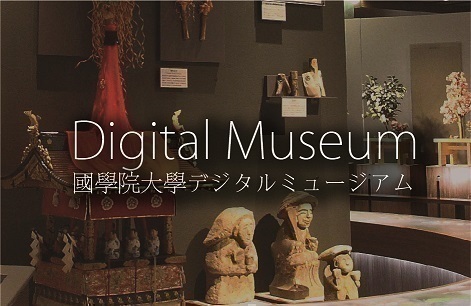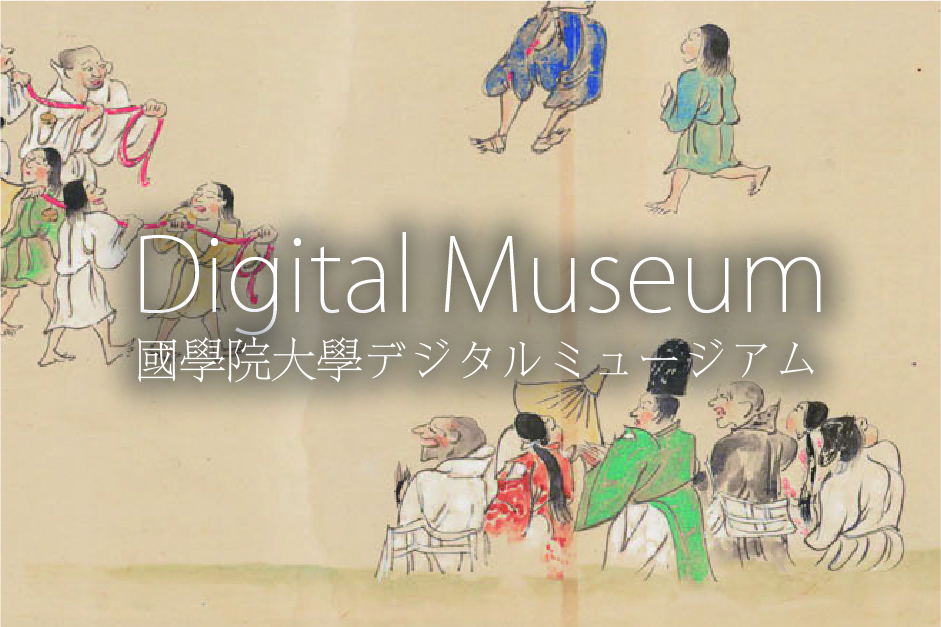- トップ
- Encyclopedia of Shinto
- Shinmon
Encyclopedia of Shinto
| Main Menu: | |
| Links: |
詳細表示 (Complete Article)
| カテゴリー1: | 4. Jinja (Shrines) |
|---|---|
| カテゴリー2: | Shrine Architecture |
| Title | Shinmon |
| Text | A decorative crest serving as the distinctive symbol or "logo" for each shrine, often found emblazoned or displayed at the entryway to the shrine. The crest may be selected on the basis of legendary connections to the enshrined kami (saijin), the geographical name of the area, the name of the shrine, or the family crest of priests (shinshoku) at the shrine. Some scholars further classify crests into (1) crests of the kami enshrined (shinmon); (2) crests of the shrine (shamon); and (3) family crests of priests (shakemon). It is believed that the first shinmon appeared at roughly the same time as family crests appeared. By the late Heian period, shinmon associated with shrine foundation stories or engi had come into use at some shrines. An increasing number of shrines began using such crests in the Kamakura period; in some cases a shrine might adopt a family crest as its own, while in others, a shrine's crest might be adopted for use by a family. When a "spirit portion" (bunrei) of an enshrined kami was transferred to a new shrine, the old shrine's shinmon might be adopted at the new shrine as well, thus resulting in the increasing appearance of multiple shrines with the same crest. In other cases, the same shrine may possess multiple crests on account of its having been changed historically. Today, it is most common for a shrine to possess a single fixed crest. As with family crests, a single basic style may include numerous variants. Historical factors may also lead to differences. Today, shrine crests are used everywhere throughout Japan. A typical example is the swirling design called tomoe. If the smallest of wayside shrines is included, the most common crest encountered is likely the inemon depicting sheaves of rice, a result of the large numbers of Inari shrines which adopted the symbol. Other commonly encountered crests include those named after the chrysanthemum (kikumon), paulownia (kirimon), hollyhock (aoimon), plum blossom (umemon), cherry blossom (sakuramon), wisteria (fujimon), water chestnut (or diamond: hishimon), and melon (mokkōmon). The swirling tomoemon served as the crest of Hachiman shrines, and it spread widely in the medieval period as the result of the frequent dedication (kanjō) of Hachiman shrines by warrior families. The tomoe may be found with a varying number of elements, including single, double, and triple swirls, but the triple is most common. Since the chrysanthemum is the crest of the imperial house, it was used at a very limited number of shrines until the modern period. In 1879, however, the government recognized the use of the chrysanthemum crest at nationally endowed shrines (kankokuheisha), resulting in the swift rise in the number of shrines adopting that crest. The paulownia crest or kirimon likewise was for many years used as an imperial symbol, but it was favored by the warlord Toyotomi Hideyoshi, and shrines in many areas were thus granted the crest called Taikōgiri or the "Hideyoshi paulownia." Today, most of these crests are so-called "five-three paulownia" crests, referring to the arrangement of five and three blossoms in the design. The hollyhock crest (aoimon) was used originally by the Kamo Shrine in Kyoto and from there spread to its branch shrines. During the Edo period, numerous shrines related to the Tokugawa family adopted its crest as well. Variations include designs depicting two- and three-flower patterns. The plum crest (umemon) is the crest of Kyoto's Kitano Tenmangū because the shrine's tutelary kami, Sugawara Michizane favored plums. From there, the crest spread to other Tenjin shrines throughout Japan, and designs can be classified as either realistic depictions of the five-petaled plum blossom (umehana), or a more stylized depiction of five circular "pots" arranged so as to represent a blossom shape (umebachi). The cherry blossom crest (sakuramon) has also been used since ancient times, but it is unusual in having also been adopted by many of the "shrines for national protection" (gokoku jinja) established in the modern period. The wisteria crest (fujimon) is the crest of the Kasuga Shrine, ancestral tutelary (ujigami) of the Fujiwara clan, as well as of other shrines with close linkage to that clan. The "water chestnut" crest (hishimon) depicts a diamond shape based on the shape of the water chestnut leaf, a shape popular since ancient times. Variations include the diamond shape divided into four parts, or a diamond formed from four flowers, and so on. The "melon" crest (mokkōmon) is often misunderstood as representing the shape seen when a cucumber is cut in section. The Kanouchi ("nested") five-sectioned mokkō crest is used as the symbol of the Yasaka Shrine and others dedicated to the kami Susanoo. Other crests have been designed around the stylistic representation of Sino-Japanese ideographic characters, astronomical objects, hawk wings, cranes, crows, sickles, clouds, and many other thematic elements. — Inoue Nobutaka |





